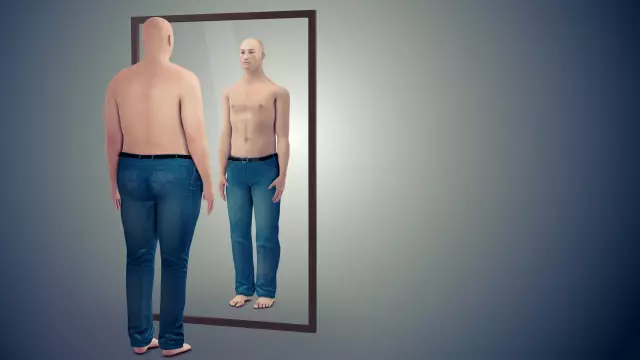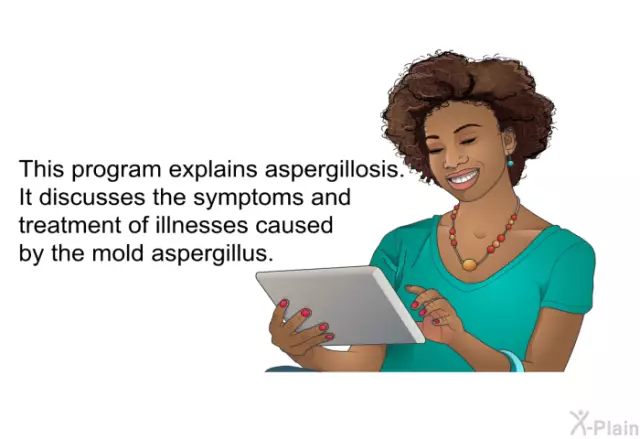- Author Rachel Wainwright [email protected].
- Public 2023-12-15 07:39.
- Last modified 2025-11-02 20:14.
Cardiosclerosis
Brief description of the disease

The name of the disease "cardiosclerosis" comes from two Greek words: "kardia" - heart and "sklerosis" - seal. This disease affects myocardial tissue. In the process of development of pathology, they are replaced by coarse connective tissue with the formation of scars. In addition, cardiosclerosis deforms the heart valves. The process of replacement and compaction of myocardial tissues is a consequence of myocarditis, myocardial dystrophy, ischemic heart disease and heart attack.
Depending on the localization and intensity of the development of pathology, focal and diffuse cardiosclerosis is distinguished. The first is characterized by the formation of well-defined lesions of different sizes. The main reasons for their appearance are myocardial infarction or any inflammatory processes.
Unlike focal, diffuse cardiosclerosis is distributed over the entire surface of the myocardium, that is, it equally affects different parts of this part of the heart and has no obvious boundaries. It usually develops after lesions of the heart muscle.
Cardiosclerosis - causes and classification
Currently, in accordance with the classification proposed by WHO, postmyocardial, atherosclerotic and postinfarction cardiosclerosis are distinguished. Let's consider each of these types in more detail.
The postmyocardial form develops in the place where the inflammation of myocraditis was recorded. Tissue replacement is caused by destructive changes in myocytes and exudative processes. In most cases, postmyocardial cardiosclerosis occurs in young people. Its characteristic features are the presence of lesions and concomitant allergic or infectious diseases. The size of the heart is enlarged, symptoms of heart failure and circulatory disorders of the right ventricular type are almost always observed.
Atherosclerotic cardiosclerosis - symptoms develop slowly, which is why clinical symptoms remain scarce for a long period of time. The atherosclerotic form is characterized by: diffuse changes, progressive fiber dystrophy, metabolic disorders and atrophy of certain parts of the myocardium. Almost always, atherosclerotic cardiosclerosis is accompanied by symptoms of heart failure - edema, shortness of breath, palpitations and dropsy of the cavities. Often this form leads to the appearance of bradycardia and the development of aortic stenosis.
Postinfarction cardiosclerosis - treatment of pathology is required after a myocardial infarction. The disease is focal in nature, manifests itself as a result of replacement of the tissues of the heart muscle with young connective tissue. The clinical symptoms are similar to the atherosclerotic form. First of all, they should include violations of the heart rhythm and conduction.
Cardiosclerosis - symptoms of the disease
We will consider the signs of the presence of pathology depending on the type of disease. The most common myocardial cardiosclerosis manifests itself in the form of arrhythmias, cardiac conduction disturbances, and chronic heart failure.
Atherosclerotic cardiosclerosis causes valvular defects and angina attacks. In addition, the process of tissue replacement leads to the development of a heart aneurysm. The course of the disease is slow, progressive.
Cardiosclerosis - treatment and prognosis

Therapeutic measures should be aimed at eliminating the underlying disease that caused cardiosclerosis. Patients are prescribed drugs that restore the function of the heart in arrhythmias and blockages, as well as drugs that eliminate the manifestations of heart failure and improve the condition of myocardial fibers. If a person has severe, advanced cardiosclerosis, treatment may require the implantation of a pacemaker.
Please note that for a successful cure, it is necessary to limit physical activity, adhere to the doctor's recommendations and eat right. Patients are shown the following food restrictions:
- restriction of table salt and free liquid;
- exclusion from the usual diet of foods that stimulate the cardiovascular system and the central nervous system (alcohol, strong tea, cocoa, coffee);
- refusal of fried and meat foods;
- limiting the consumption of onions, radishes, radishes and garlic;
- complete rejection of foods that cause flatulence (cabbage, milk, legumes);
- it is desirable to minimize the consumption of egg yolks, internal organs of animals and other foods containing high doses of cholesterol.
YouTube video related to the article:
The information is generalized and provided for informational purposes only. At the first sign of illness, see your doctor. Self-medication is hazardous to health!






